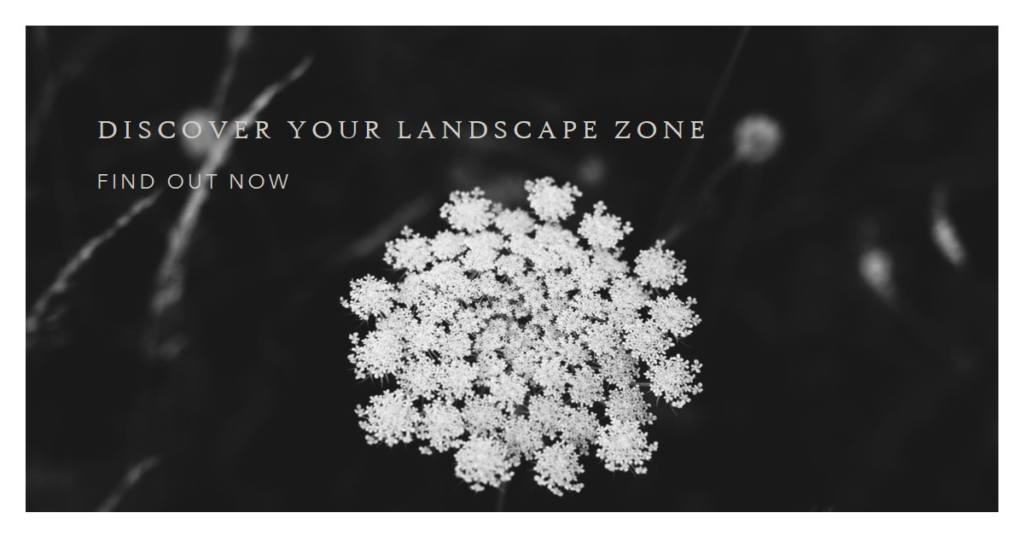
Table of Contents
- Introduction
- Unveiling the Concept of Landscape Zones
- The Importance of Knowing Your Landscape Zone
- How Landscape Zones Are Determined
- Tools for Identifying Your Landscape Zone
- Interpreting Your Landscape Zone
- Choosing Plants for Your Landscape Zone
- Seasonal Gardening Tips for Different Zones
- Overcoming Challenges in Borderline Zones
- The Future of Landscape Zones and Climate Change
- Conclusion: Embracing Your Landscape Zone for Gardening Success
Introduction
Understanding your landscape zone is crucial for maintaining a thriving garden or yard. Landscape zones, also known as hardiness zones, define the climate conditions of a region, helping gardeners determine which plants will thrive best in their environment. In this comprehensive guide, we’ll walk you through the essentials of identifying your landscape zone, its significance, and how to utilize this knowledge for optimal gardening success.
Unveiling the Concept of Landscape Zones
Landscape zones are a critical tool for gardeners, landscapers, and agricultural enthusiasts. These zones, often referred to as hardiness zones, delineate the specific climatic conditions of different regions. They are primarily based on the average minimum winter temperatures and provide a reliable framework for determining which plants can survive and thrive in a particular area.
Understanding your landscape zone can save you time, effort, and money. By selecting plants suited to your zone, you can ensure a flourishing garden with minimal maintenance. Moreover, it helps in planning and preparing for seasonal changes, ensuring that your garden remains vibrant throughout the year.
The Importance of Knowing Your Landscape Zone
Knowing your landscape zone is essential for successful gardening. It allows you to make informed decisions about plant selection, ensuring that you choose species that can withstand your local climate conditions. This knowledge is particularly important for perennial plants, which need to survive through various seasons to thrive.
Additionally, understanding your landscape zone helps in preventing plant stress and diseases. Plants that are not suited to your zone may struggle to survive, leading to weak growth and susceptibility to pests and diseases. By selecting appropriate plants, you can promote a healthier and more resilient garden ecosystem.
How Landscape Zones Are Determined
Landscape zones are determined based on various climatic factors, primarily the average minimum winter temperatures. The United States Department of Agriculture (USDA) Hardiness Zone Map is one of the most widely used tools for this purpose. It divides North America into 13 zones, with each zone representing a 10-degree Fahrenheit difference in the average annual minimum temperature.
In addition to temperature, other factors such as humidity, precipitation, and wind patterns can also influence the designation of landscape zones. Regional microclimates, such as urban heat islands or coastal breezes, can further modify these zones, adding layers of complexity to zone determination.
Tools for Identifying Your Landscape Zone
Several tools and resources are available to help you identify your landscape zone. The USDA Hardiness Zone Map is a primary resource, available online for easy access. By entering your zip code or city, you can quickly determine your zone and access detailed information about the climatic conditions in your area.
In addition to the USDA map, there are numerous online gardening databases and apps that provide zone information. These tools often offer additional features, such as plant recommendations and gardening tips tailored to your specific zone, making them invaluable resources for both novice and experienced gardeners.
Interpreting Your Landscape Zone
Once you have identified your landscape zone, it is crucial to understand what it means for your gardening endeavors. Each zone corresponds to a range of temperatures that your plants must be able to tolerate. For example, if you live in USDA Zone 6, your plants need to withstand minimum temperatures between -10 and 0 degrees Fahrenheit.
It is important to note that while landscape zones provide a useful guideline, they are not absolute. Microclimates within your garden, such as shaded areas or spots with higher moisture levels, can create variations that may affect plant performance. Therefore, it is always beneficial to observe your garden’s unique conditions and adjust your planting choices accordingly.


Choosing Plants for Your Landscape Zone
Selecting the right plants for your landscape zone is a crucial step in ensuring a thriving garden. Begin by researching plants that are rated for your specific zone. Many plant nurseries and gardening websites provide this information, often labeling plants with their corresponding hardiness zones.
In addition to considering zone compatibility, think about other factors such as soil type, sunlight exposure, and water requirements. Combining plants with similar needs can create a more harmonious and sustainable garden environment. Native plants are often excellent choices, as they are naturally adapted to your region’s climate and conditions.
Seasonal Gardening Tips for Different Zones
Gardening in different landscape zones requires tailored strategies to accommodate seasonal changes. In colder zones, focus on planting hardy perennials and providing winter protection for vulnerable plants. Mulching, covering plants, and selecting frost-resistant varieties can help your garden withstand harsh winters.
In warmer zones, pay attention to heat and drought tolerance. Choose plants that can thrive in high temperatures and require less water. Additionally, consider using shade structures or planting trees to provide relief from intense sunlight. Adapting your gardening practices to your zone’s seasonal demands can lead to healthier and more resilient plants.
Overcoming Challenges in Borderline Zones
Gardening in borderline zones, where temperatures fluctuate between adjacent hardiness zones, can be challenging. In these areas, plants may be exposed to unexpected weather extremes, requiring more attentive care and flexible gardening practices. To mitigate risks, consider using microclimates within your garden to create more stable conditions.
Raised beds, windbreaks, and strategic placement of plants can help protect them from sudden temperature changes. Additionally, selecting a mix of plants with overlapping hardiness ranges can provide insurance against unexpected weather events, ensuring that at least some plants thrive even in challenging conditions.
The Future of Landscape Zones and Climate Change
Climate change is gradually altering landscape zones, making it essential for gardeners to stay informed about evolving conditions. As global temperatures rise, many regions are experiencing shifts in their hardiness zones, necessitating adjustments in plant selection and gardening practices.
Staying updated with the latest hardiness zone maps and climate data can help you anticipate changes and adapt your garden accordingly. Incorporating climate-resilient plants and employing sustainable gardening practices, such as water conservation and soil health improvement, can enhance your garden’s ability to withstand the impacts of climate change.
Conclusion: Embracing Your Landscape Zone for Gardening Success
Understanding and utilizing your landscape zone is a fundamental aspect of successful gardening. By knowing your zone, interpreting its implications, and selecting appropriate plants, you can create a thriving garden that withstands climatic challenges and enhances your outdoor space.
With the right tools and knowledge, you can navigate the complexities of landscape zones and unlock the full potential of your garden. Embrace your zone, adapt to its demands, and enjoy the rewards of a flourishing and resilient garden year-round.


